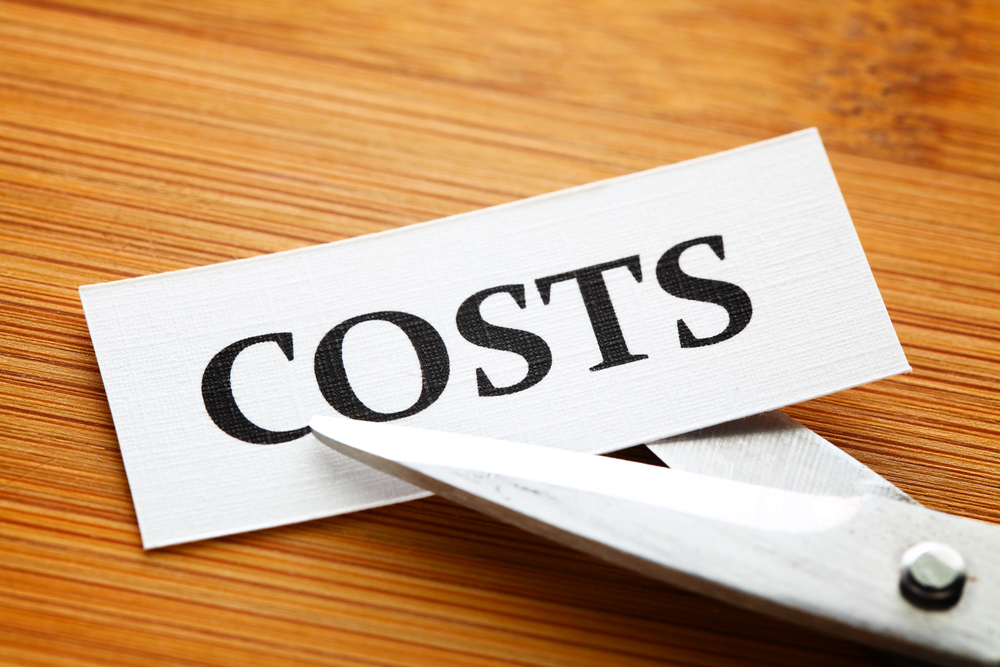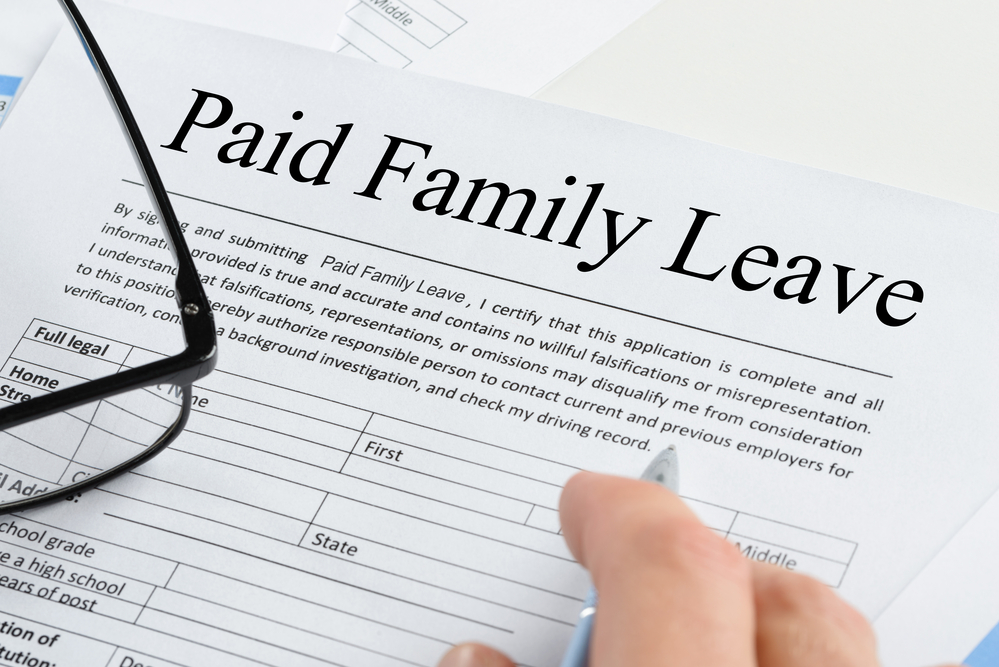Insights and Information
Employers of all sizes are currently searching for ways to reduce expenses and save money in response to the current economic downturn and ongoing labor challenges. Instead of cutting costs randomly or conducting unnecessary layoffs, successful organizations tend to optimize their resources by identifying areas where they can reduce expenses without compromising productivity or future growth.
Many of the challenges that plagued workplaces in 2022 will likely continue this year and beyond. Current labor challenges are forcing employers to find ways to balance rising costs and inflation while providing employees with the benefits they value and need.
Visting your primary care doctor at least once a year is essential to keeping your health on the right track. In fact, those who take preventive care seriously tend to be healthier and lead more productive lives.
Comparison of Federal and Illinois Continuation Laws in Covered Employers and Health Plans, Qualified Beneficiaries, Qualifying Events, Maximum Continuation Period, Early Termination of Coverage and others.
You have many choices when it comes to selecting a health insurance plan, which can make the process feel overwhelming. Health plans vary and have their own sets of benefits and drawbacks related to coverage, physicians, copays and premiums, among others.
Comparison of Federal and Illinois Family & Medical Leave Laws in … like Serious Health Condition/Serious Injury or Illness, type of leave, Intermittent Leave, Substitution of Paid Leave, Reinstatement Rights and others.
Understanding the Quiet Hiring Trend, Reimaging Communication With a Dispersed Workforce and Work-from-Anywhere Arrangements.
Illinois employers must provide their employees with certain types of paid and unpaid leave required by state law, in addition to complying with federal leave laws such as the Family and Medical Leave Act (FMLA).
Did you know that the average American spends about $1,200 each year on prescription drugs? Prescription drug prices in the United States rank among the highest across the globe. And with drug prices on the rise, 1 in 4 Americans are paying more today than they were a year ago.









